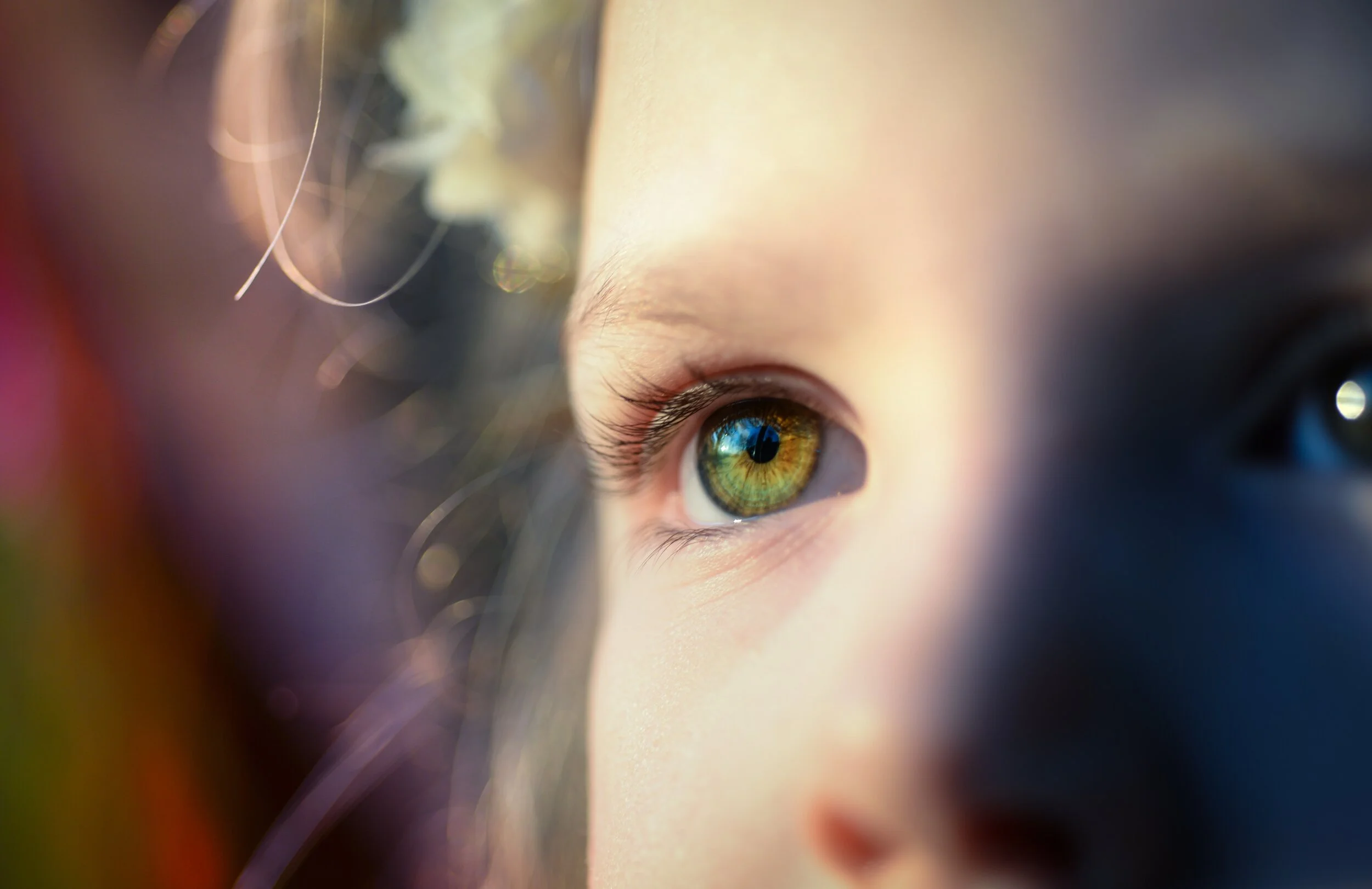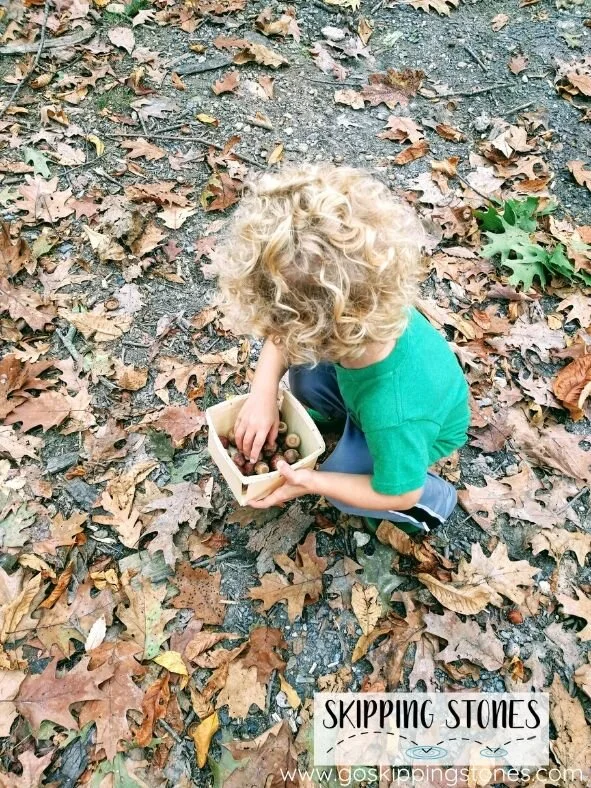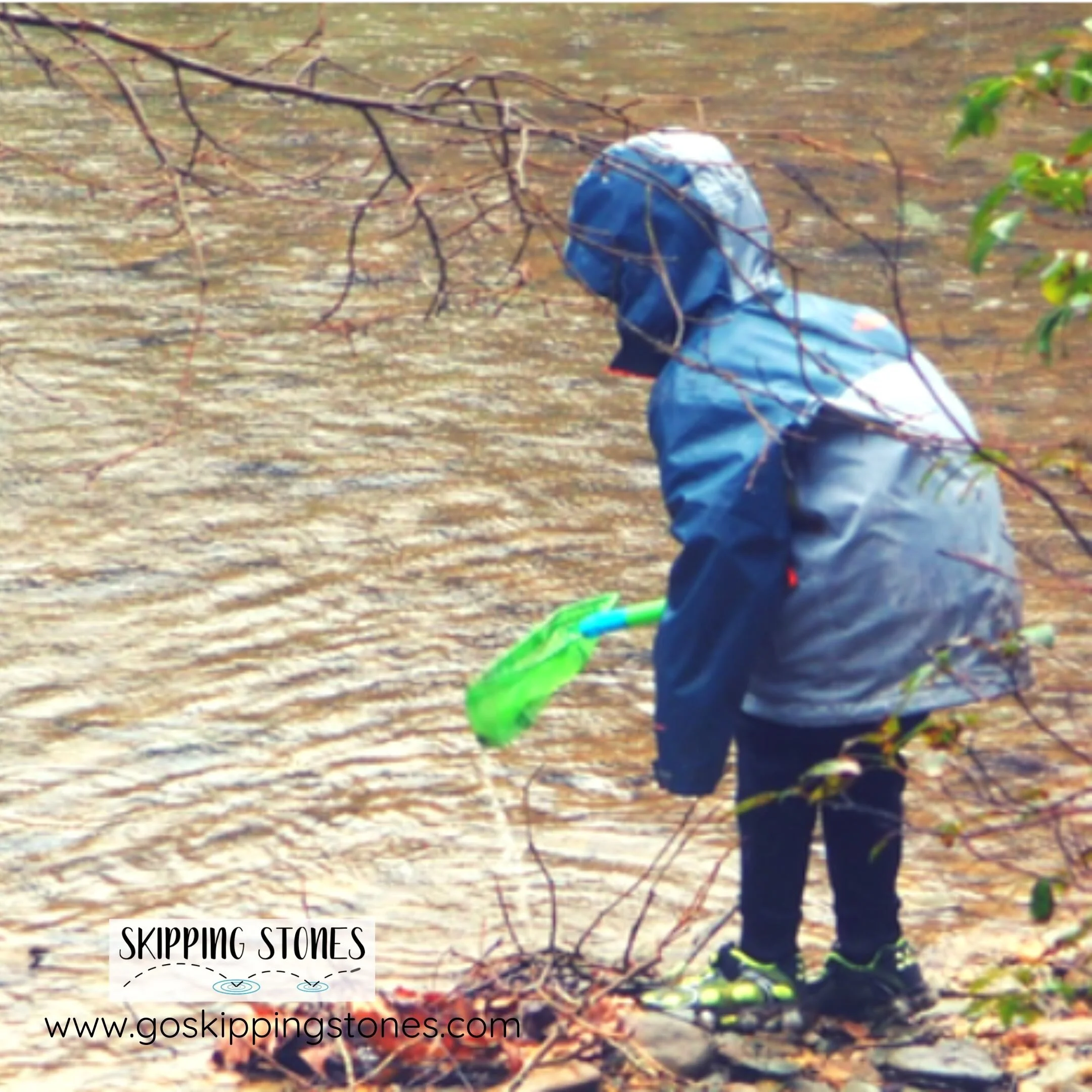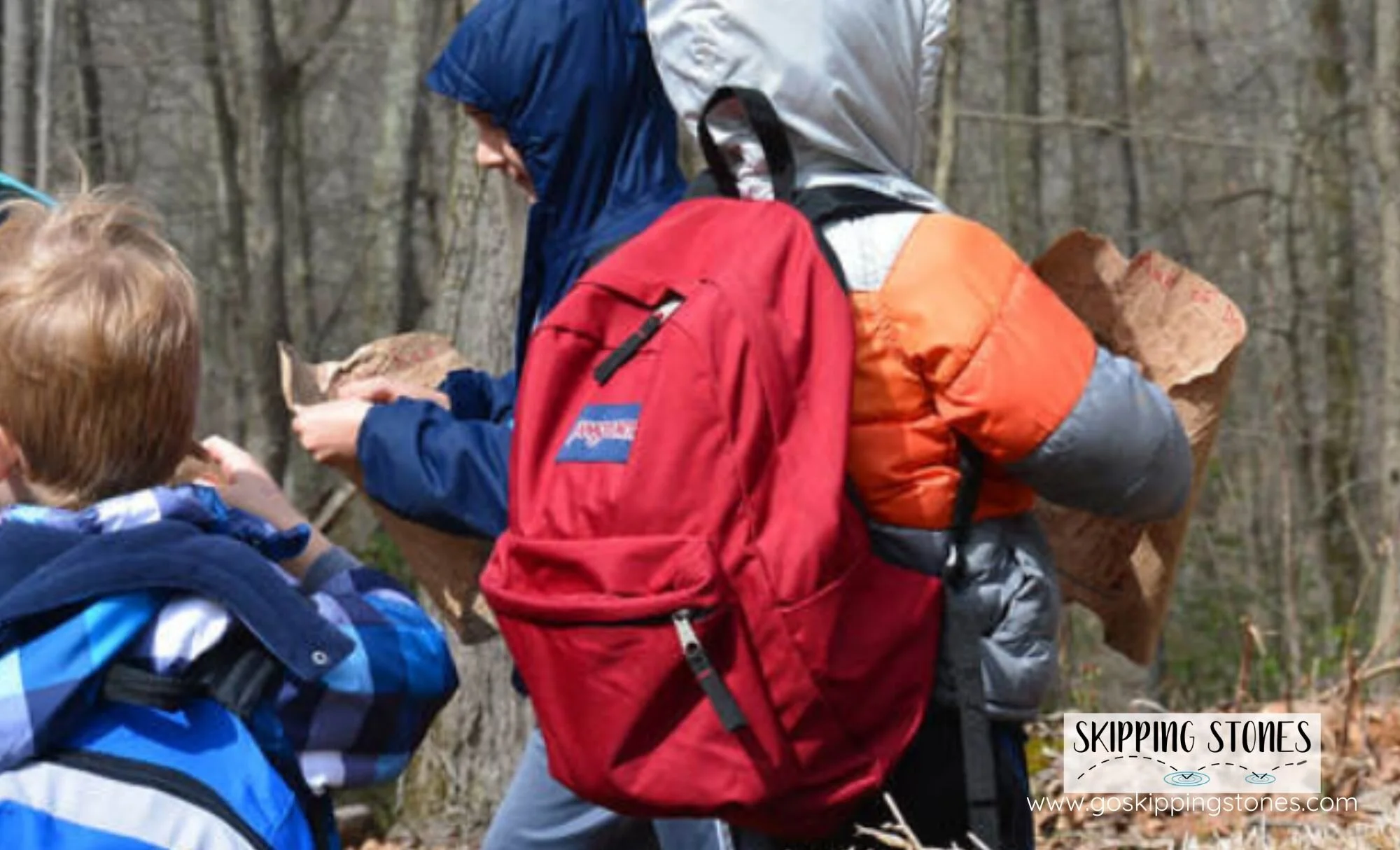Learning to see naturally
Did you know that 80% of learning is acquired through vision?
“Just as many body parts need to be exercised to get stronger, our eyes and brains improve visual skills with practice.”
That is pretty remarkable. Visual skills are essential for your child, not only are they necessary for reading and writing, but children need visual skills to do things such as cutting with scissors, solving puzzles, coloring, feeding themselves, and dressing themselves.
Making sense of what a person sees is not just a matter of seeing clearly, otherwise known as visual acuity. This is what an eye doctor is referring to when they say someone can see 20/20.
Visual perception is the brain's ability to make sense of what it sees. It takes the visual information that comes in through the eyes and translates it into useful information.
Babies are not born with fully developed visual acuity or visual perception. These skills develop as the brain matures and as a child interacts with the environment around them. If there is a deficit in some of these skills, it can lead to difficulties with learning and performing common daily functions. As they get to be school age, it can dramatically impact their ability to perform in the classroom.
Just as many body parts need to be exercised to get stronger, our eyes and brains improve visual skills with practice.
photo credit : Minnesota vision therapy center
So, What can you do to foster visual skills in your child?
Playing outside is a natural way to practice visual skills. You may be doing it already and not even know it! I highly recommend getting your child outside on a regular basis to help lay a foundation for healthy visual development.
Check out the following skills essential to vision and activities put them in practice:
Sensory Processing
What is it? - accurate registration, interpretation and response of sensory stimuli that are in the environement and within a child's body. Not only is the sense of sight important, the vestibular sense is critical to support the brain's ability to process visual information. This sense is located in the inner ear and signals the body about where it is in space and detects movement.
Activities: All kinds of movement! Swinging, rolling down hills, hanging upside down from a tree limb, running, reaching down to collect nature "treasures, "
Figure Ground
What is it? The ability to locate something in a busy background
Activities: Finding specific objects on the ground - looking for acorns, finding leaves, looking for 4-leaf clovers, looking for bugs, scavenger hunts
Visual Memory
What is it? The ability to recall visual traits of a certain object.
Activities: Place 2 or three objects on the ground, such as a rock, a pine cone and a flower. Have your child look at them them for 10-15 seconds, then have them close your eyes. Have them describe you what they saw. Increase the number of objects and see how many they can remember!
Visual Attention
What is it? The ability to focus on important visual information and filter out unimportant background visual information
Activities: Birdwatching is a great one for this! Finding birds in the trees, amongst the leaves demands a lot of visual attention. Cardinals and bluebirds are easier to find because of their bright colors, while other birds like doves, robins and chickadees are more hidden. Get your child an inexpensive pair of binoculars and they will love going on birding adventures. If you get them a bird identifying book for your area it will use so many visual skills! Fishing and hunting for frogs and tadpoles are great for this too!
Visual Spatial Relationships
What is it? Understanding the spatial relationships of objects within one's surroundings.
Activities: Treasure maps are great for this and children love finding treasure! Make a simple map of your backyard or a park near you and see if your child can find their way to some treasure. Then, see if they can make their own map. So many great skills at work here!
Visual Tracking
What is it? The ability to efficiently move eyes from one side to another while focusing on an object as it travels accross one's visual field.
Activities: Following a bird in the air great for this. Or watching a bug as it carries something. You can also play a game rolling a ball back and forth.
Visual Discrimination
What is it? The ability to visually identify likeness and differences in items.
Activities: Take a nature walk and find things that are the same and different. Find white flowers, or find rocks that are bigger than their foot. Have them find matching objects, such a flowers or leaf shapes. Another fun idea that I love is matching nature objects to paint chip colors. Or, Find a bunch of similar objects and have them line them up in size order. I love using pine cones or rocks for this activity.
These are just a few of the visual skills we use to function in our daily lives. It is a lot more complex than you might imagine!
So, as you can see.....(haha see what I did there) there are so many fun, outdoor activities to do with children to help them develop their visual skills. They can become great nature detectives as they hone their visual skills. You will be amazed at what they start to notice and observe. Not only that, they will be preparing their minds and bodies to become great learners and readers.
What if you think your child is struggling in these areas?
You are the best judge of your child. If you think they are having trouble with some of their visual skills, talk to your pediatrician. They may recommend a visit to a pediatric opthamologist or an occupational therapist who can assess some of these visual skills.
Some possible signs of visual perceptual difficulties are directly related to vision. You may see:
difficulty recognizing letters, difficulty knowing right and left, trouble dressing themselves, difficulty recognizing numbers and letters, trouble writing on the line.
Some signs may not be as obvious. These could include: trouble with self-regulation (irritability), clumsiness, frequent outbursts due to frustration, attention difficulties, disorganization, avoidance of certain tasks.
These problems are not a definitive sign of vision problems, but often are not thought to be associated with vision. Be an advocate for your child so they can get the help they need to reach their full potential.





